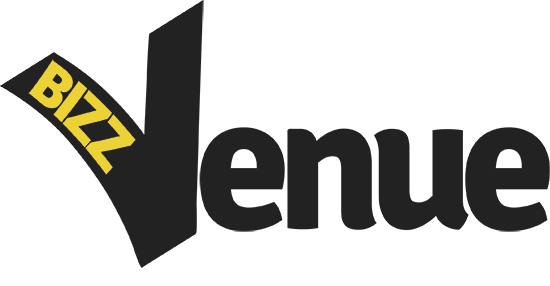
When I read the book “Thinking Fast and Slow”, I was astonished by many of the ideas and realities that Daniel Kahneman delivered to our brains to devour. One of the theories mentioned in the book is known as the “Halo Effect”. We business folks need to grasp the concept of using the Halo Effect in marketing – and all aspects of business.
As he put it:
If you like the president’s politics, you probably like his voice and his appearance as well. The tendency to like (or dislike) everything about a person – including things you have not observed – is known as the halo effect.
Another interesting bit about the Halo Effect is that the sequence in which people are presented the facts and/or traits plays a tremendous role on how we view that person or company. Subsequent information is a waste of time and generally has no added effect on the Halo.
- The halo effect distorts reality and can create a false impression that can either help or crash your business plans.
How to use the Halo Effect in Marketing your Brand
First Impression: The Colors of the Rainbow
Colors affect the way people interpret something – scientifically proven. There are colors that build strength and those that just make us all want to have fun. When designing a logo, promotional video, or even your new homepage make sure that the colors used will create a strong first impression with users – one that will give them that feeling that your urge to give them.
Marketing with Images
Do you use a child? Do you use a woman, animation, stick figures, the product, or a random user? Although it seems like all the options could be viable for your startup, in truth, one of them is going to create a stronger first impression that should create a positive halo effect.Realize that what is used in your cover photo, or in the Facebook campaign does not necessarily have to be “your brand”, rather create positive emotions that have a connection to your niche (example: friendship for Coca Cola).
PR: No Such thing as Bad PR?
This one can be tricky, and I am not sure that the statement is completely true every single time. Let’s take the example that your startup is being sued for infringing on another company’s patent. 6 months later, Jennie/Mark/whoever comes across your company while taking a lunch break in the Silicon Valley. The first result of the Halo Effect in said situation is that the person already remembers you (the “why” reason is another question, and one of memory). Now getting their attention should be a little easier. People who read the article might be tempted to ask you questions so that they can remember what was said about you.
Product for Product: iPod to iPhone, Cola to Cherry Cola (that I deeply miss)
When one product goes viral, and another is released, advertising the newer product takes care of 2 birds with 1 stone. Going ahead and marketing the newest product gets the new product traction, and consumers will relate it with the more viral (hopefully) product already on shelves/available on line. Apple used the Halo effect perfectly – even if that was not their motive. After the success they had with the iPod, the competition was history as the trust that was built between consumers and Apple was a match made in heaven. When Apple announces the release of a new product, you can bet a few bucks that there are millions of people ready to buy whatever it is, even before they’ve seen it.
The Halo Effect leads to the tendency to like or dislike everything about a person (or company/product) – will you gain the upper hand with the use of the Halo?




